Over the past five years,our sibling magazine the Beijinger has made it their mission to try every Chinese provincial government restaurant in the capital… alphabetically. Not an easy feat as there are 23 provinces in China and they aren’t exactly the most sought after, or conveniently located restaurants in the city.
But, that doesn’t mean they won’t deliver you to “Flavortown” or don’t deserve the attention of a true foodie. Quite the opposite actually. They provide a great opportunity for you to get some authentic tastes from the other provinces without ever having to board a plane, train, or automobile.
Here are the best of the bunch to have been featured in the Beijinger’s ProvGov column. Don’t be shy, check them out. After all, the varied and spectacular flavors of China aren’t always going to come to you. You need to hunt them down, and savor the journey. Your tastebuds will appreciate the effort.

Shandong
Just north of the Third Ring Road sits the unassuming Shandong Provincial Government complex and its adjoining white and airy restaurant. Shandong’s deep influence on China’s northern dishes may not be immediately apparent at your run-of-the-mill restaurant but here that rich history of cooking methods – quick frying, stewing, roasting, and boiling – and ingredients – heavy on the ginger, onions, vegetables, and seafood – come together for a Prov Gov menu far superior in breadth than many of its competitors, eschewing lackluster staples for innovative takes on traditional dishes.
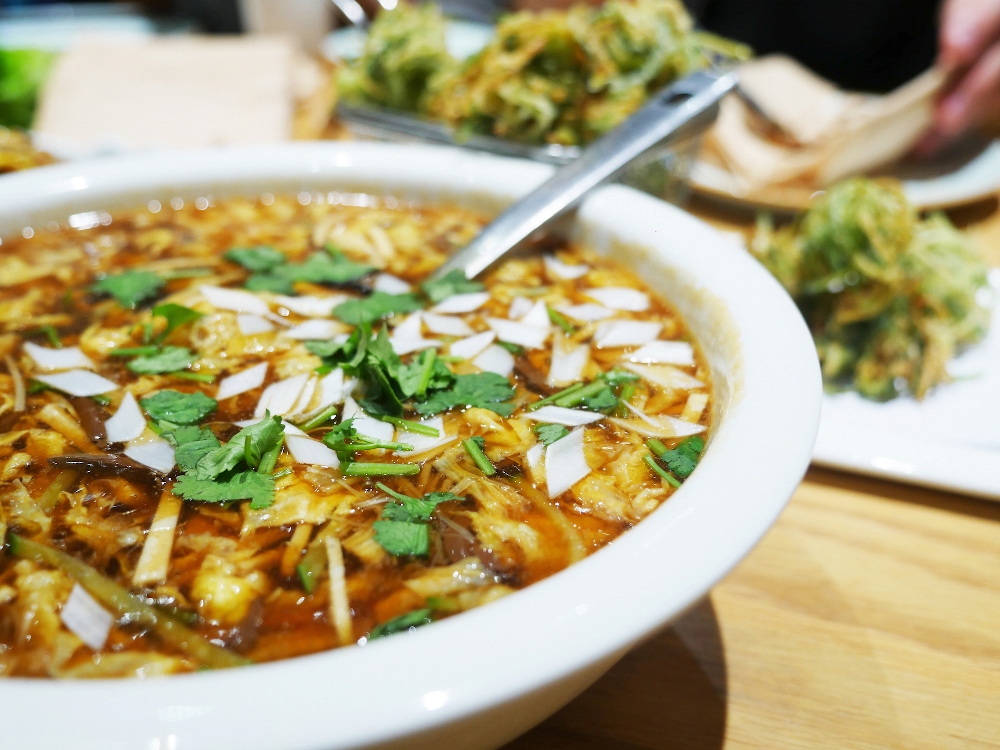
A prime example would be the fried radish balls (RMB 48) which come neatly piled in a deep-fat fryer basket, a deft touch rarely seen in these official outlets, and loaded with a satisfying chewiness and a hint of dried squid. However, it was the hot and sour soup (RMB 38) that stole the show thanks to a perfect balance of sourness and generous chunks of warming duck blood, sliced onion, and poached egg as well as a slow-burn chili finish to heat things up a bit.
Daily 7am-9pm. 2 MadianNanlu, Haidian District (6201 1070) 海淀区马甸桥南路2号七省大院山东宾馆1楼
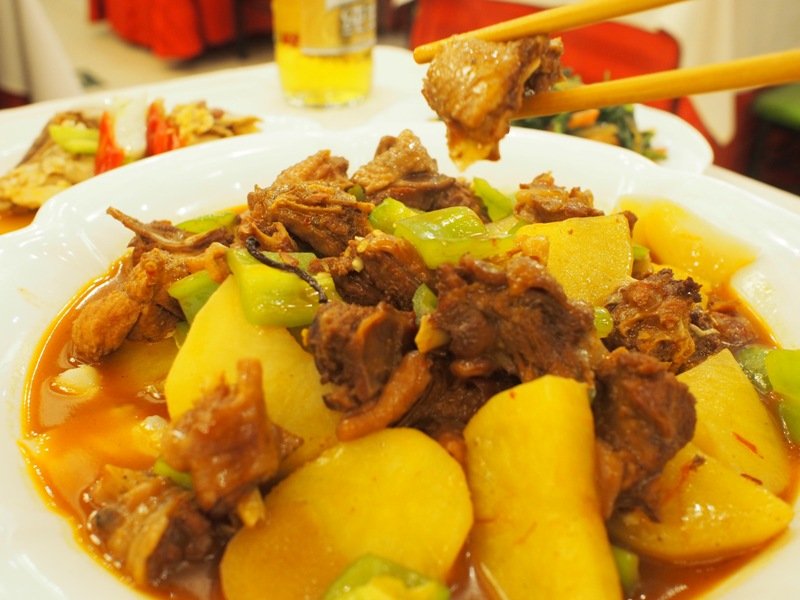
Xinjiang
In the mood to tuck into pulled noodles, roasted lamb, and circular bread – this government-run take on Xinjiang cuisine can boast being one of the city’s best.
A cold starter of tender Xinjiang-style chicken with peppers and a coating of chili oil (RMB 29) whet our appetites to the point that nothing but a pillowy, just-out-of-the-oven bun stuffed with ground lamb and chopped onions (RMB 4 each) would have curbed our salivation. The smoked horse sausage (RMB 46) is decidedly authentic, a mound of circular slices of cured meat that flake apart on your tongue. The lamb chuan’r, though not an easy dish to get wrong, is a little fatty for our tastes but adequately dusted with chili flakes and cumin, the cornerstone spices of Xinjiang cuisine.
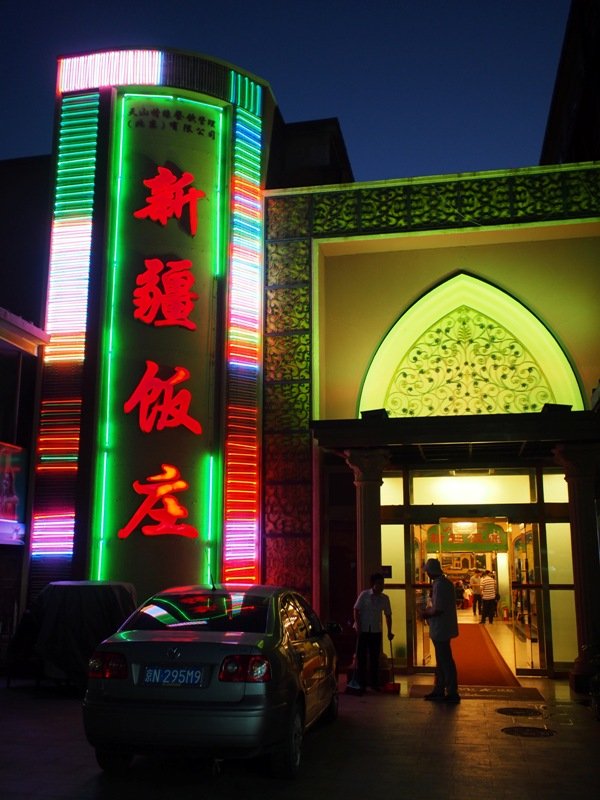
Of course no proper Xinjiang feast would be complete without a big plate chicken (dapanji, RMB 98) and this “official” version ironically boasts the use of free range birds. In it, large chunks of chicken sit atop equally large pieces of soft potato, diced green peppers, and thick belts of chewy noodles.
Daily 11am-10.30pm. Xinjiang Provincial Government Office, 7 Sanlihe Lu, Xicheng District (6830 1820) 新疆伊斯兰饭庄:西城区三里河路7号
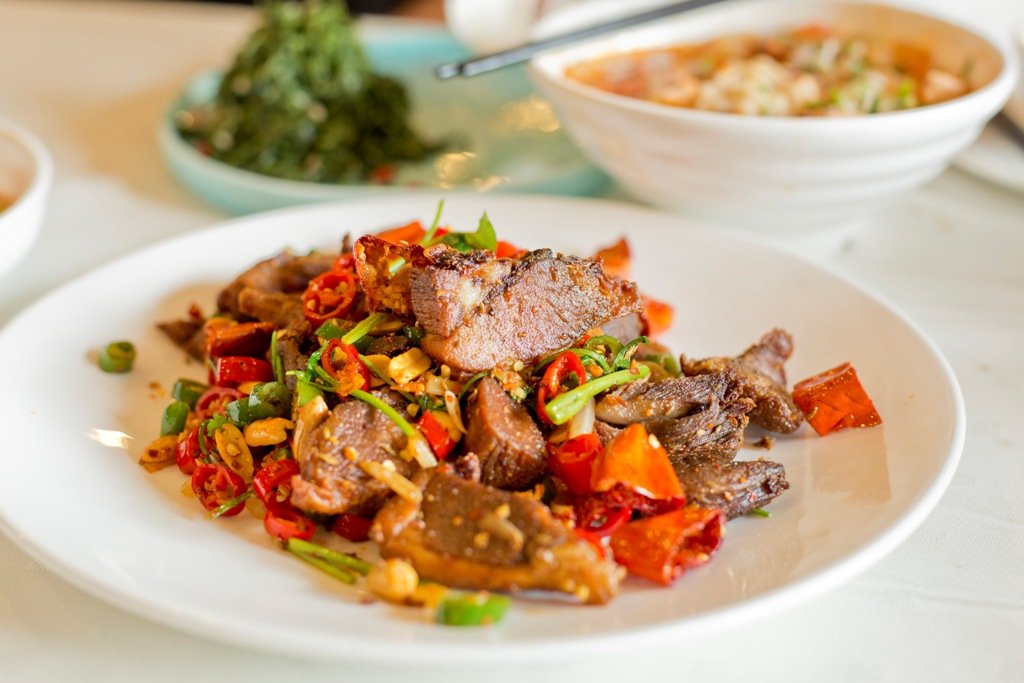
Ningxia
Ningxia Hui Autonomous Region is strongly influenced by flavors traditionally associated with the Hui people. Flipping through the menu, we decided to first play it safe with some cold noodles, the liangpi (RMB 20), which was fantastic; crunchy shredded vegetables blended with chewy cold noodles in vinegar with just the right amount of chili. The fried lamb chops with cumin (RMB 98) and the fried lamb with peppers and onion (yangrouxiaochao, RMB 46), stood out – the latter for its lamb variation on the usual pork-based bread stew found in homestyle restaurants throughout the city.
There are also a range of staple foods available, including baked goods, or even a great, big, steaming bowl of huixiangsaozimian (RMB 14).Its mixture of noodles, cubed carrot, and potato weren’t steamy enough to bring beads of sweat to our brow, but nevertheless worth ordering for the perfectly-cooked and demonstrably hand-pulled noodles, and the richly flavored, and slightly sour, broth. We mark this a veritable Prov Gov win!
Daily 11.30am-2pm, 5.30-9pm. Ningxia Dasha, 10 Xiejia Hutong, AndingmenNeidajie, Dongcheng District (6406 1155)东城区安定门内大街谢家胡同10号宁夏大厦
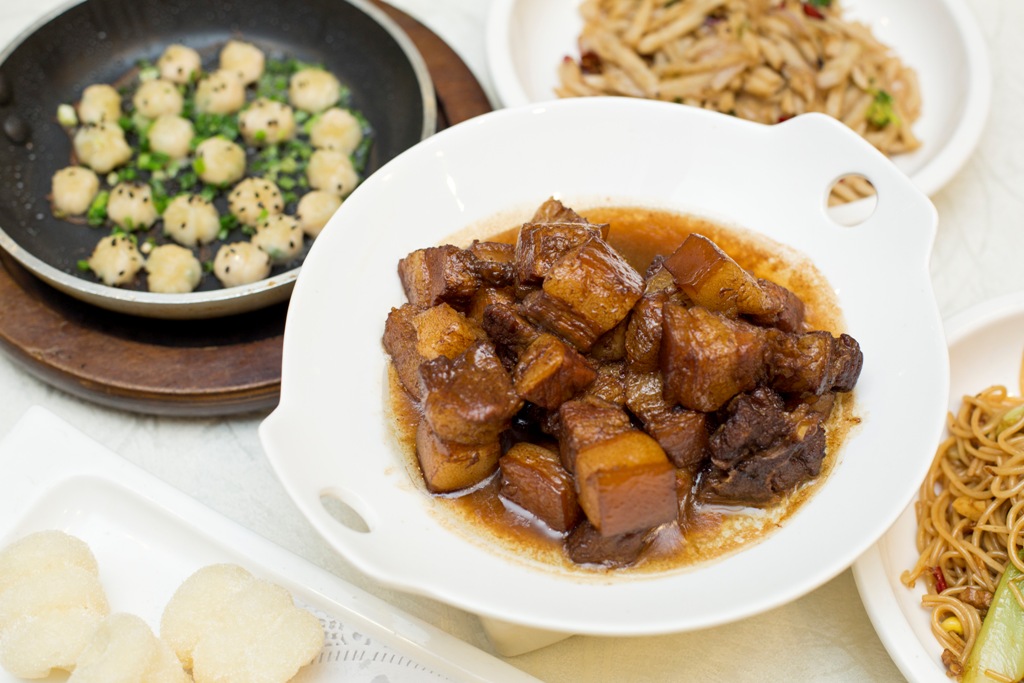
Jiangxi
Jiangxi Province was home to the first revolutionary base in the early days of the communist movement. Hence, you should start ordering at the Jiangxi Provincial Government Restaurant with the much-eulogized dishhongshaorou (RMB 75); fatty pork braised in a sweet sauce.
Many of the other offerings on the menu are named after the provincial capital of Nanchang, home to over 5 million people. The Nanchang fried powder (RMB 20) was basically just fried noodles with some vegetables that probably came out of the freezer.A better surprise, however, came from the ‘repair the water whistle’ (RMB 28), a name that gives absolutely no insight whatsoever as to what the dish actually entails. In fact, the dish is comprised of a little frying pan filled with tiny pork dumplings– quite possibly the cutest thing we’ve ever seen. The dough surrounding the small parcels was slightly sweet, offset by the savory flavors of the pork and the scallions sprinkled on top.
Daily 11.30am-2pm, 4.30-9pm. Madianqiao, Beitaiping Zhuang, Haidian District (8200 3999)
赣人之家:海淀区北太平庄马甸桥江西驻京办内
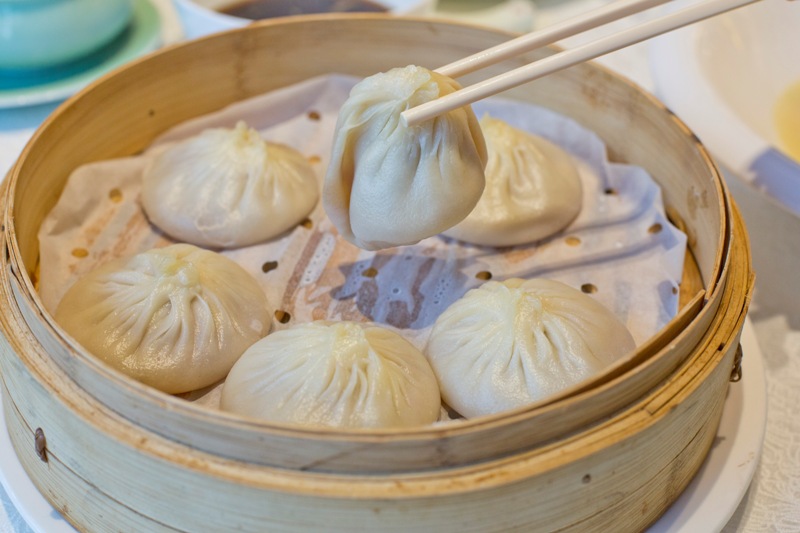
Jiangsu
The cuisine of Jiangsu Province, or Su cuisine, is generally light and elegant, and characterized by clear soups and an abundance of river greens. These elements come together in one dish often referred to as Lion’s Head, which, thankfully, has no relation to eating the king of the jungle. Instead, it’s a stew containing large meatballs and bamboo shoots or cabbage. The Jiangsu Provincial Government Restaurant serves the balls, arranged in a beautiful green pot doused in a clear soup with a single green leaf probably placed there for aesthetics. We sampled both varieties: ‘crab roe lion’ (xiehuangshizitou), RMB 48 per bowl, and ‘Yangzhou (pork) lion’ (yangzhoushizitou), RMB 38 per bowl. Both varieties were soft and succulent, and came accompanied by a clear soup to offset the heaviness of the meats.
Other dishes we were excited to try were the ‘leek screw’ (jiucailousi, RMB 48), a fried mix of scallions and river snails, and the ‘smoked bean curd malantou’ (xiangganmalantou, RMB 32), both of which take full advantage of Jiangsu’s fertile offerings. What really stood out, however, were the soup dumplings. These comforting parcels of minced pork and abundant soup rarely go wrong, and in this specific case, really hit the spot.
Daily 10.30am-2.30pm, 4.30pm-late. Jiangsu Hotel, 1 Ganshuiqiao, Andingmen Waidajie, Dongcheng District (6422 6633) 东城区甘水桥1号安定门外大街江苏饭店
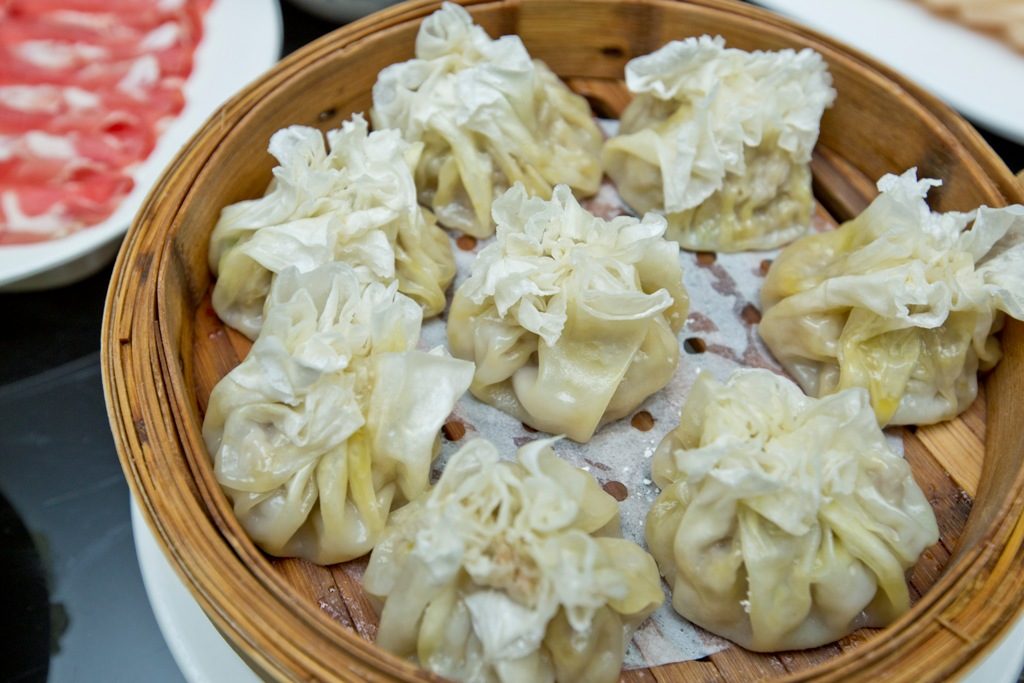
Inner Mongolia
The menu consists mostly of hot pot (RMB 18 per individual pot of broth, with a choice of spicy, clear, mushroom, or tomato) and the standard additions, with, as you might expect, a heavy focus on lamb. Diving straight in, we ordered two types: lamb meat from the hind legs and one meat from near the ribs. Both were of good quality and flavorful. Portions, which range in price from RMB 58 to 138, depending on the cut you are after, are also suitably sizeable.Other hot pot trimmings offer the usual selection: fresh spinach, crispy cabbage, tofu, noodles, frozen dumplings, and large crispy slices of lotus root (RMB 8-28), paired with a sauce buffet.
Exploring the menu further, we found traditional Inner Mongolian shaomai (RMB 38 per basket), a lamb-filled variety as opposed to the usual pork. Larger than their southern Chinese cousins, the dough on these was thin and flaky at the top, and the lamb filling was juicy and tender. Even for someone who isn’t the biggest fan of lamb’s distinct taste (“what on earth are you doing at the Inner Mongolian Provincial Government Restaurant?” I hear you say – it’s all part of the job, folks) these were delicious, especially when dunked in a side helping of chili flakes and oil.
Daily 11.30am-2.30pm, 5.30-9pm. 2/F, Inner Mongolia Hotel, 71 MeishuguanHoujie, Dongcheng District (6401 4499)内蒙古宾馆:东城区美术馆后街71号内蒙古宾馆二层
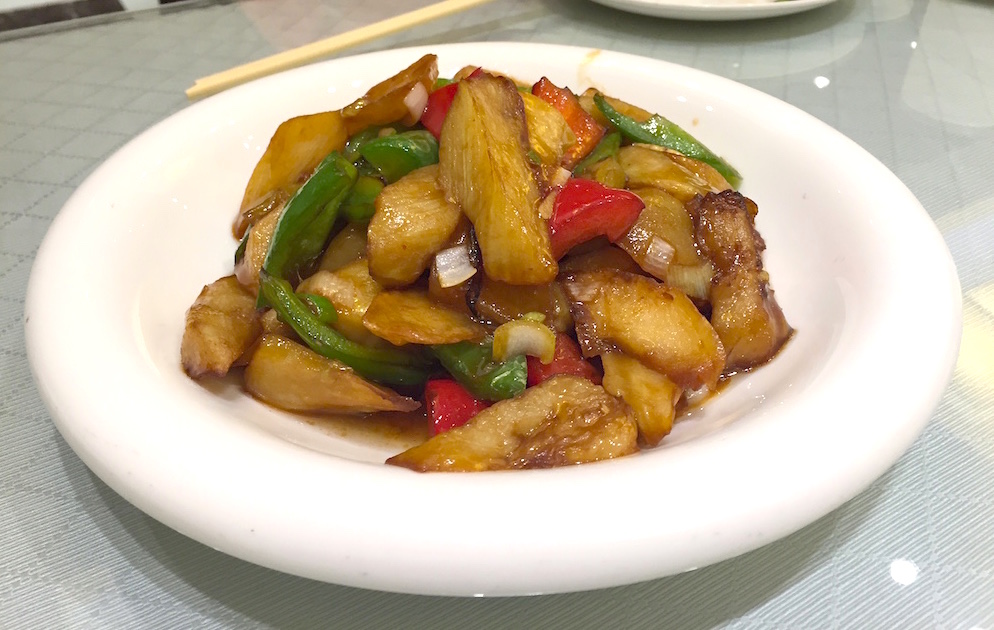
Heilongjiang
The menu is full of all that good stuff that you used to eat before you learned to speak Chinese, and before you discovered Chinese food wasn’t just gongbaojiding.
The disanxian (RMB 36), the star of the show, was the right balance between sweet and savory, with the morsels of pepper, potato, and aubergine fried to a slight crunch. Things got even better when the Dongbei dadoufu (RMB 32) arrived, with tofu chunks floating in a delicious gravy that was definitely not vegetarian-friendly.We also tried a variation of jingchangrousi (RMB 46) which came with larger pancakes than most Beijing-style restaurants usually provide, and more flavors to stuff the pancake with, too.
Even the guobaorou (RMB 58), a dish that usually is ruined by heavy batter throughout Beijing, was tasty. The batter was light, and the sweet sauce wasn’t the kind that makes you instantly head into a food coma. Although more than a couple of pieces per person is generally unadvisable, we cleared the entire plate.We’re going to actually say this was one the best ProvGov missions.
Daily 11am-2pm, 5-9pm. 5 FuxingmenBeidajie, Xicheng District (6802 5511) 西城区复兴门北大街5号
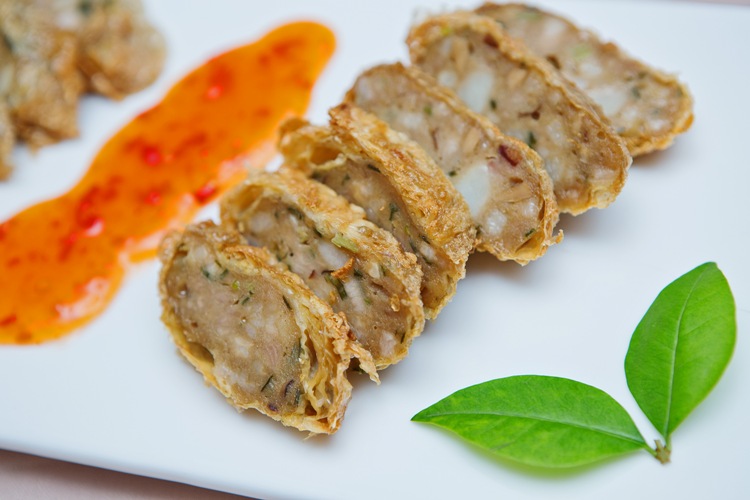
Fujian
The Fujian Provincial Government Restaurant itself looks quite posh, however, the problems started as soon as we opened the menu: shark’s fin. Right. Firstly, the dishes were extremely expensive (shark’s fin soup at RMB 328). After flipping through a couple of pages of over-priced, show-off ingredients that are or aren’t endangered and/ or poisonous, we finally made our decision: crisp-fried dried tofu rolls with minced pork (RMB 42), sautéed sweet and sour pork tenderloin with water chestnut (RMB 48), a Fujian style bowl of noodles in satay sauce (RMB 26), stir-fried tofu and bamboo shoots (RMB 38), and stuffed glutinous rice balls stuffed (RMB 24).
The crisp-fried dried tofu rolls were served with a refreshing, sweet chili sauce. The sautéed sweet and sour pork tenderloin was also not too bad, but the water chestnut took us all by surprise. Note that the noodles are not made using satay sauce as we know it, but rather a local Fujian variation.
The glutinous rice balls were awesome, and came stuffed with a delightful mix of crushed peanuts and sesame seeds, covered in black sesame powder. They were so good that we might actually go there just for the desserts – the menu is home to a few other attractive sounding desserts, including deep fried taro rolls, egg tarts, and ma yuan.
Daily 9.30am-2.30pm, 5.30-11.30pm. 3F, Fujian Dasha, 11 AnzhenXiliSanqu, Chaoyang District (6442 8833) 朝阳区安贞西里三区11号福建大厦3层

Hainan
Upon entering, the staff were friendly without being over bearing as they guided us to a suitable and clean table. There were even crispy white table cloths on the tables and they poured us cups of water without having to ask.
We flicked past the first few pages because they were a mix of abalone, sea cucumber, and other expensive but not very tasty dishes. We settled on a popular Hainan dish: Wenchang crispy chicken (RMB 188 for whole, RMB 98 for half). While this is not one for the lazy or picky eater due to a large number of bones, the chicken was exceptionally tender and the skin certainly crispy.Our sides of steamed greens with olive vegetable (RMB 38) and braised eggplant with sauce in casserole (RMB 58) were both very flavorful. The greens were served in a little dim sum-style basket, retained their crunch, and had a dash of oyster sauce for flavor, while the eggplant was cooked thoroughly and topped off with mince in a dark sauce.
Perhaps this one is worth coming back to, especially for the crispy chicken.
Daily 11am-9pm. 188 AndingmenWaidajie, Dongcheng District (6426 9558) 海南美食:东城区安定门外大街188号海南大厦1层
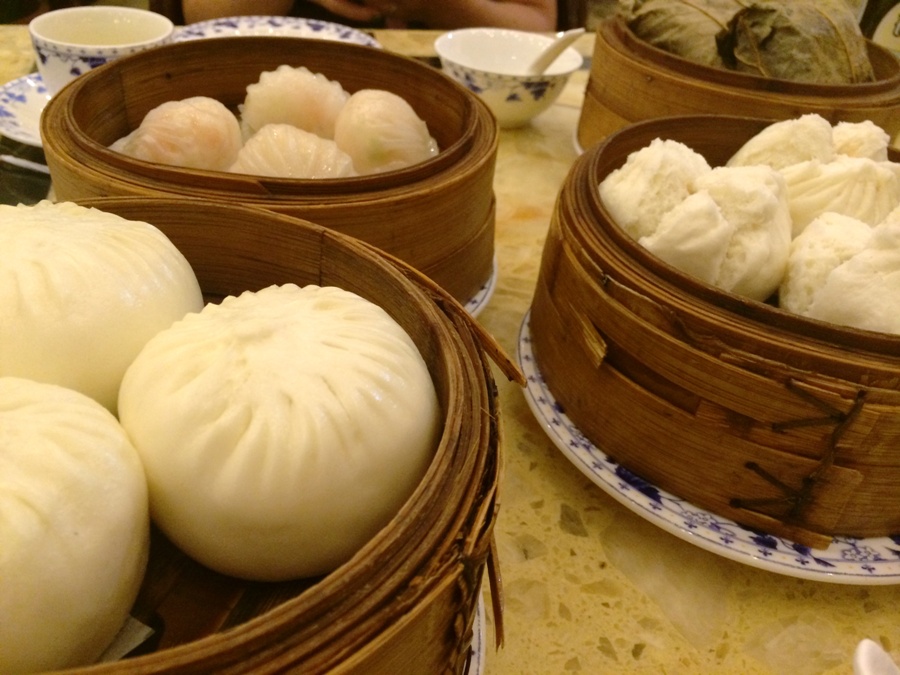
Guangdong
At first glance, this restaurant that featured some of our favorite delicacies from the south didn’t seem ideal, but once the dim sum came out there was a big sense of relief.
The barbecue pork buns (RMB 18) were brimming with the eponymous sweetened pork. The same goes for the Hong Ma barbecued pork puffs (RMB 18) that were gone within a split second, calling for a swift second order. The mushroom and vegetable buns’ “less bun, more stuffing” approach was also highly appreciated. Finally, the steamed shrimp dumplings tasted fresh with not too much dough, and no unnecessary flavoring.The only serious disappointment was the steamed vermicelli roll (RMB 23), in this case it was made using really thick vermicelli with barely any stuffing. The limp rolls were left to the side, untouched.
To experience the breakfast dim sum carts, you’ll need to get there between 7am-10.30am. Otherwise, they serve dim sum from the kitchen until 1.30pm. Between 11am-2.30pm and 5.30-9pm, they also serve non-dim sum Cantonese dishes from a separate menu.
Daily 7am-1.30pm (dim sum menu), 11am-2.30pm, 5.30-9pm (regular menu). 5/F, Guangzhou Dasha, Heng Ertiao, Xidan, Xicheng District (5855 9988) 广和茶轩:西城区西单横二条3号广州大厦5层
Photos: the Beijinger

This article appeared in the beijingkids September 2019 Family Foodies issue




